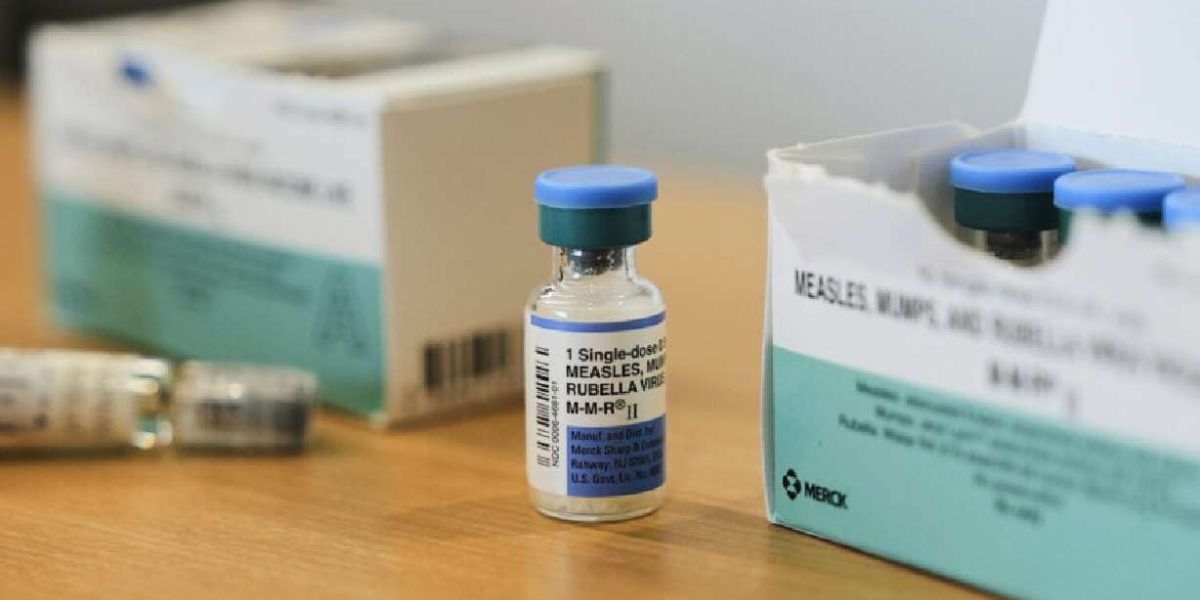Utah health officials have confirmed two new cases of measles in the state, bringing the total number of infections to three. The Utah Department of Health and Human Services announced the new cases on Tuesday, identifying the infected individuals as a Utah County resident and another adult from the state’s southwest health district.
All three individuals diagnosed with measles are adults and unvaccinated. Health officials confirmed that the cases are unrelated to each other.
The first case, reported last week, was the first known instance of measles originating in Utah in over two years. That individual, also an adult from Utah County, had visited multiple public places during their infectious period, before receiving a diagnosis and being advised to quarantine at home.
According to health officials, the person visited the Parkway Health Center in Orem on June 13 and the Timpanogos Regional Emergency Room on June 14 between 2:14 p.m. and 7:02 p.m. Anyone who was present at these locations during those times, or within two hours afterward, may have been exposed to the highly contagious virus.
“We do have to suspect there are additional measles cases in Utah,” said Dr. Leisha Nolen, Utah’s state epidemiologist. She emphasized that the first infected individual had not traveled outside the state, suggesting the disease originated within Utah.
Measles symptoms often begin seven to 14 days after exposure and include high fever, cough, runny nose, and red eyes. A rash typically develops four days after the onset of fever.
Health officials are urging anyone who may have been exposed or is experiencing symptoms to contact a healthcare provider before visiting a clinic to avoid spreading the illness to others.
The department also reassured the public that more than 90% of Utah residents are vaccinated against measles, offering strong protection against infection. However, measles can still pose serious health risks, especially for young children, pregnant women, and individuals with weakened immune systems.
Public health investigations are ongoing as officials work to identify any additional potential exposure sites and prevent further spread of the disease.









